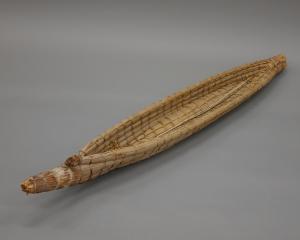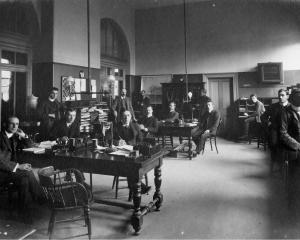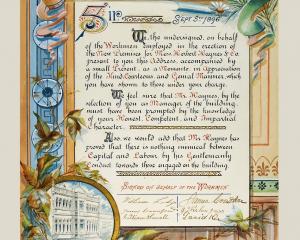
A simple piece of coiled wire recently put on display in the refurbished Gold gallery at Toitu represents a response to a deadly part of Otago’s history.
During their first winter high up on Otago’s Old Man Range, exposed gold miners were caught unprepared and disoriented by disastrous late-season storms, many losing their lives. The Otago Provincial Government did not want to dissuade miners from prospecting the rich fields, and so provided funding for new safety measures to be developed.

More than 320 stone cairns were built at regular intervals, with tall wooden poles placed in the middle to ensure they would stand out in the snow. The wire was then stretched from the pole to the next cairn (about 180 metres away), enabling miners to follow the track in poor visibility.
Originally, shelter sheds of stone were also to be constructed but, for whatever reason, just two wooden sheds were built initially, one at either end of the track. The poles were installed between April and May 1864, covering the highest parts of the track from the eastern branch of the Waikaia River, through the Potter’s and Campbell’s goldfields, towards the supply towns of Springs and Chamonix above Gorge Creek between Roxburgh and Manuherikia.
Did the track work? It did not change the intensity of the weather. Severe frost and the weight of tremendous snowfalls quickly snapped the wire. The poles were all more than 3m high but were still often buried by the snow. Just weeks after completion, miner William Pitt died of exposure attempting to follow the track through thick snow.
Today it remains debatable how successful the pole track was. While we know of several more fatalities from the cold after the track’s construction, hundreds of other miners used the track to find safety and were no doubt grateful for its installation (besides destruction from the weather, some miners were rumoured to have snaffled the wood for tent poles and even firewood).
This piece of wire was gathered up in 1897, when new poles made of iron replaced the few wooden poles that were still standing. It remains a reminder to us of the precarious existence of the early miners in our rugged hinterland.
Will Mckee is exhibition developer at Toitu Otago Settlers Museum.












